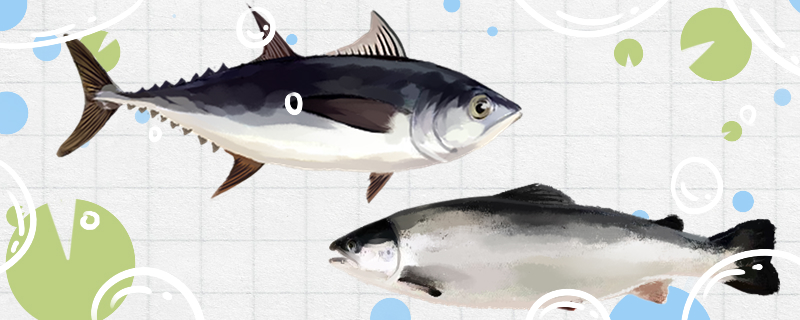
Both tuna and salmon are edible fish, and they have similarities in appearance. However, they are two different kinds of fish and should not be confused. In fact, the difference between the two is so great that they can be distinguished from many aspects.
1. Appearance difference: As mentioned above, although tuna and salmon have certain similarities in appearance, there are also differences. For example, if we look closely, we will find that the body of tuna is more round, the body will be more robust, and the tail will be relatively thin; Salmon, on the other hand, are flatter.
2. Difference in producing areas: The producing areas of the two are different, that is, their distribution waters are different. Tuna has always lived in the ocean, and its distribution in the world is relatively wide, especially in the lower latitudes of the Pacific, Indian and Atlantic Oceans, that is, warm places. Salmon is mainly distributed in the back of the Pacific Ocean and the northern parts of Europe, Asia and other continents. When salmon spawn, they migrate to spawn in the waters near waterfalls and dams.
3. Value difference: Both tuna and salmon can be eaten, but the nutritional value of tuna is higher. Tuna's living environment is basically not polluted, and it contains more protein, less fat, and some amino acids necessary for human body. The nutritional value of salmon is not so high.
4. Price difference: The price of tuna is generally higher than that of salmon. In fact, it is easier to understand. After all, the nutritional value of tuna is higher.
5. Difference in meat quality: Both of them can be eaten, but the meat quality is different when eaten. Tuna's flesh is tastier, denser and more elastic because it contains less fat. The taste of salmon will be worse.